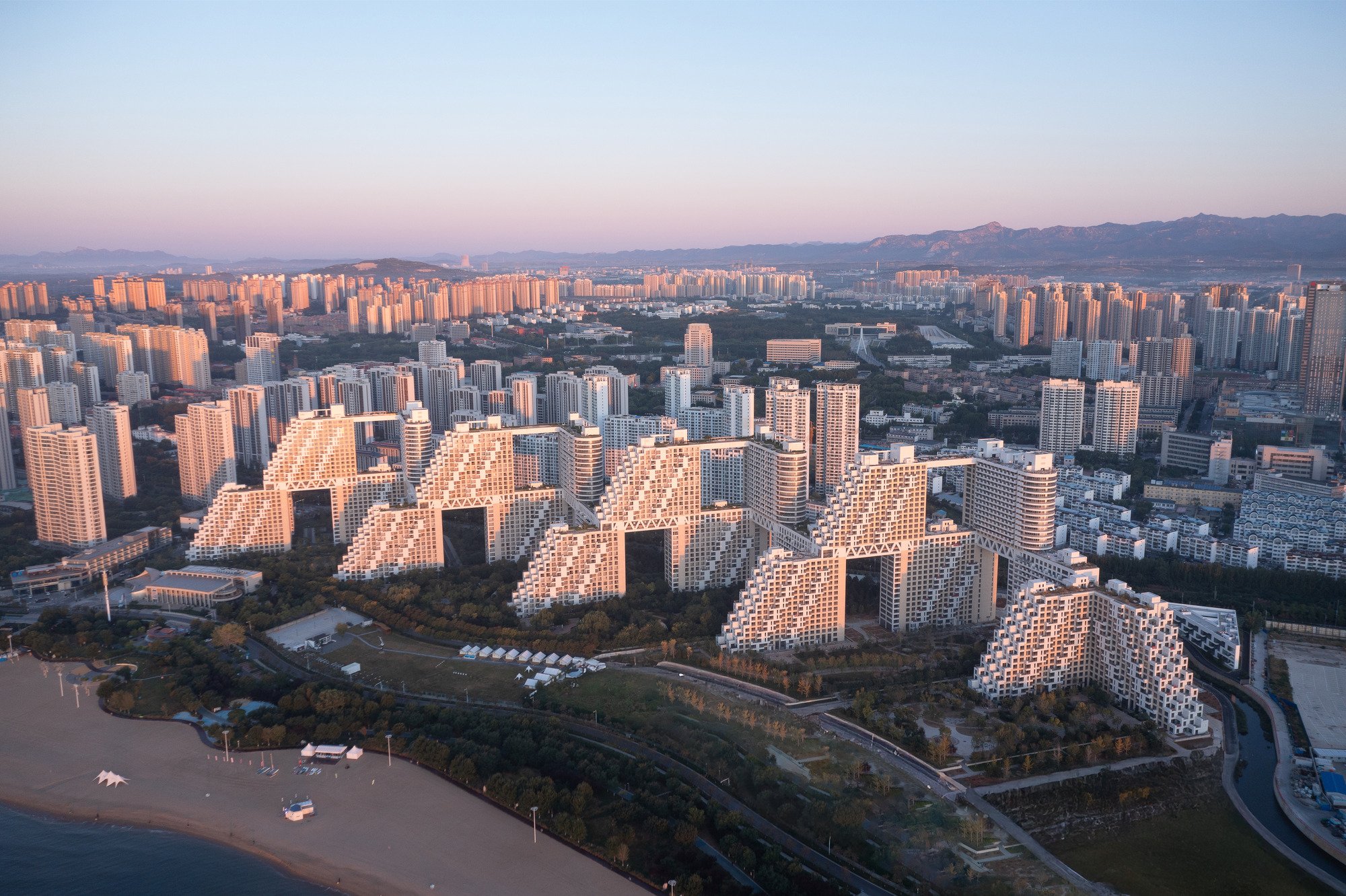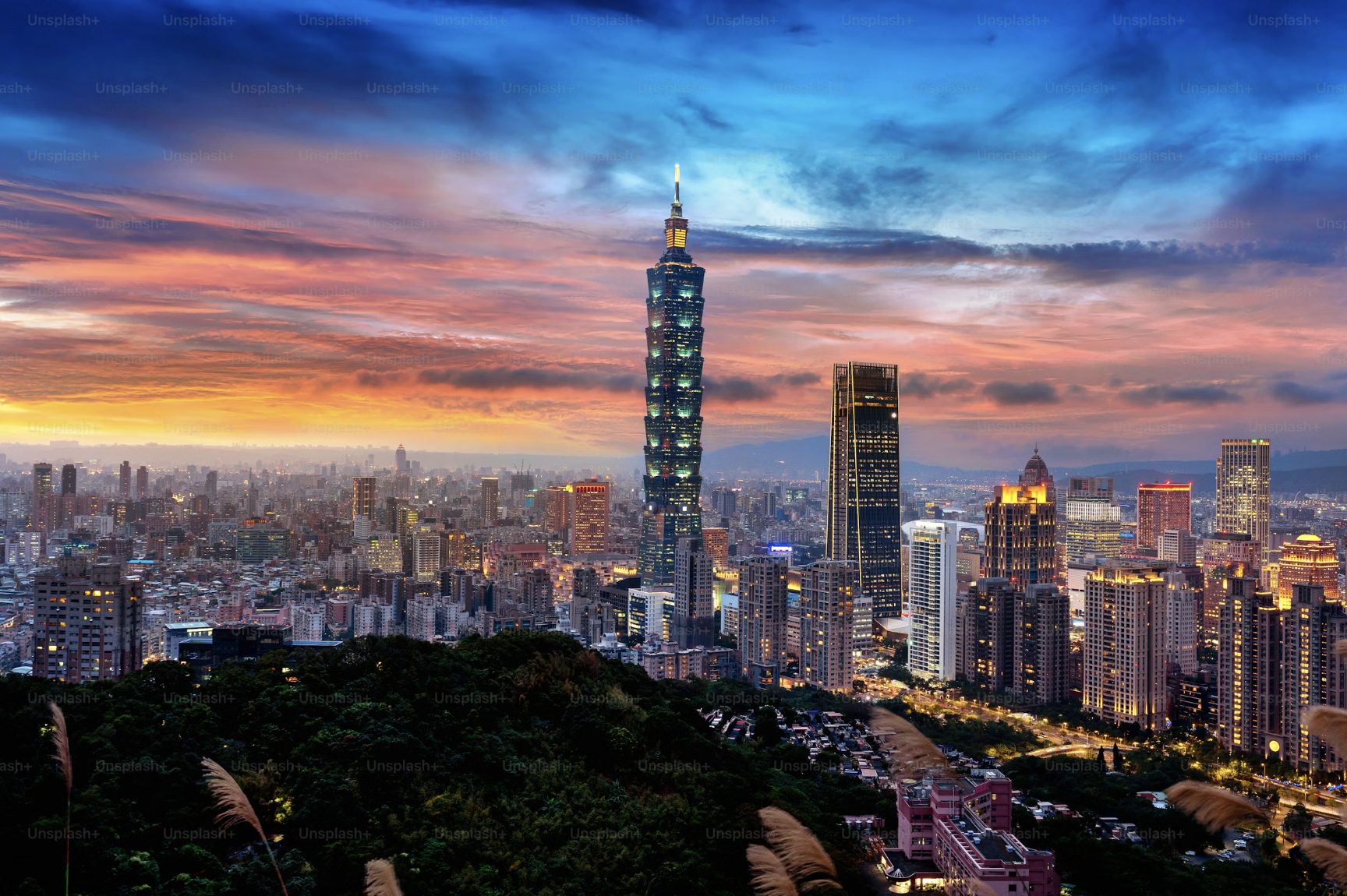When it comes to international tech conferences, the notable ones that come to mind are usually Las Vegas’ CES, Lisbon’s Web Summit, and Paris’ VivaTech. On the other side of the world, Macau also has ambitions to join this prestigious list with BEYOND Expo. This year, the conference is in its fourth edition, with the theme being “Embracing the Uncertainties.”
Macau, also known as the “Las Vegas of Asia,” appears to be well-suited for this scale of event with its generous spaces and plethora of entertainment — so much that citizens from nearby cities often visit here for concerts, if not just a staycation at one of the several resorts. And of course, being in the heart of China’s Greater Bay Area, this ex-Portuguese colony is just a quick trip away from the electronic supply chain in Shenzhen. Not to mention that another vibrant city — Hong Kong — is just a bridge or ferry ride away, should travelers want to make the most out of their stay.


BEYOND Expo is already well under way, with the organizer expecting more than 20,000 attendees over the three-day event. Amongst these faces will be some 500 investors and 300 media representatives from around the world. The exhibition hall at The Venetian Macao features over 700 exhibitors, with the stages hosting more than 250 speakers to cover topics including AI, transportation, sustainability, health tech, and more.
The biggest star at BEYOND Expo 2024 — if you exclude David Beckham, who did a whirlwind tour on day one — is undoubtedly CATL, which is the leading global battery supplier for electric vehicles. The timing couldn’t be more perfect, as only a month ago, the firm announced a lithium battery that offers a whopping 1,000 km range — more than doubling that of many existing electric cars. CATL’s founder, chairman, and CEO Robin Zeng also hosted the opening keynote alongside BEYOND Expo co-founder, Jason Ho.


Just around the corner from CATL, Xpeng AeroHT has returned to the show with an even slicker-looking concept flying car, which is joined by Aerofugia’s hulking aircraft, WeRide’s autonomous “Robobus,” and Tesla’s latest cars (including the wild-looking Cybertruck) at neighboring booths.





Many other familiar faces are back as well. The NBA set up yet another spacious booth to showcase its LED basketball court and “NBA Box” VR booths. Nothing Technology, along with founder and CEO Carl Pei, are here with their latest ChatGPT-enabled wireless earbuds and smartphones. French entrepreneur Laurent Le Pen is also present with his Omate smartwatches and Oclean smart toothbrushes, with the bonus being the debut of his transparent sapphire smart ring at the conference. Keyi Technology’s adorable ClicBot and Loona companion robots can be found entertaining the crowd on the show floor as well, but this time with more emphasis on their ChatGPT integration.




While BEYOND Expo doesn’t have a dedicated gaming section, Hong Kong’s Nex is here to show off its latest motion-tracking console, the Playground, which proved to be a hit with young students who attended the convention this morning. We’ll be talking to founder and CEO David Lee to hear more about his entrepreneurship, how the Nex Playground picks up where Microsoft’s Xbox Kinect left off, and how he splits his operation between China’s Greater Bay Area and the US’s Bay Area.

As part of its increased international efforts, BEYOND Expo 2024 sees the addition of the Asia-Latam Tech Forum and Japan Tech Forum. The latter, in the presence of the Consul-General of Japan in Hong Kong, Ambassador Okada Kenichi, features heavyweights such as Sony, Fujifilm, and Asahi Kasei to highlight their local arms’ contribution to Chinese society.


BEYOND Expo 2024 runs from May 22 to May 25, with international superstar Jackson Wang hosting the wrap party in the final evening. Stay tuned on RADII for more coverage of the event.
All images by Richard Lai.

















